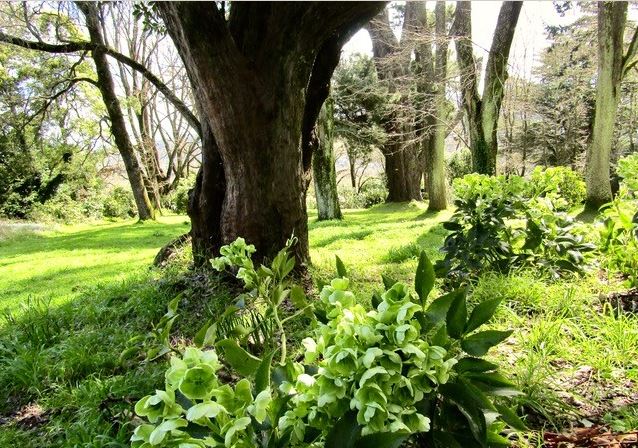October 16th, 2023Glen, about the house…

El Niño
The pundits were right, El Niño is back, along with ‘his’ increased risk of drought, heatwaves, bushfires and coral bleaching.
Recent past events have resulted in warmer than average temperatures across most of the south of the country and in eastern Australia, where nine of the 10 driest winter/spring periods on record were during El Niño years.
And most of the major droughts, including in 1982, 1994, 2002, 2006 and 2015, coincided with El Niños.
Because of reduced rainfall and those temperatures, the risk of a significant fire danger season is much higher after an El Niño year, according to the BOM. Previous examples of this occurred during the summers of 2002-03 and 2006-7. So it’s only reasonable to expect 2024 will be no different.
El Niño has a profound influence on our climate – lower rainfall and higher daytime heat – boosting the chance of risky bushfire seasons.
This one is expected to last until late summer or early autumn. At a press conference to announce the likelihood of El Niño, the Bureau of Meteorology’s Dr Karl Braganza said it would be up to individuals and communities, particularly in the nation’s south-east, to prepare for a summer of fire and heat hazards, but he added that the landscape was not as dry as it had been leading into the catastrophic fires of 2019 and 2020.
Days are hotter on average during El Niño years, especially in southern Australia, due to decreased cloud. In Australia’s south, high-pressure systems move around more during an El Niño, which actually reduces the chances of prolonged warm periods even though overall average temperatures remain high.
But the decrease in insulating cloud cover during El Niño can mean colder nights, increasing the risk of frost damage to crops and gardens already weakened by lessened rainfall.
Drought proof your garden
Start with the ground up as it all begins with a healthy, happy root system. After all they are the plant’s engine room and not just to keep the plants upright but ingenious pumping systems distributing moisture and nourishment throughout the whole plant.
Drought proofing your garden starts with the soil. So improve its structure by adding plenty of organic matter in the form of compost and aged manures, and working it in to the topsoil by forking or digging it over to improve air and water penetration.
Make sure every drop reaches the plants by watering directly onto the soil around their root systems – and the most efficient is by slow, inexpensive and evaporatio-free
trickle hose.
You can hide the hose under a good, thick layer of compost or gravel. Every single drop goes directly to the plants and there’s no wastage. We now have our whole garden covered by a network of inbuilt dripper, plastic hose. Reduce moisture loss from the soil (evaporation), by adding a thick, insulating layer of mulch.
Watering the foliage may cool the plants down briefly after a hot day but it could also encourage fungal problems to develop. Besides, water droplets on some soft leaves may cause burn spots if the heat of the sun is amplified, resulting in the leaves being scorched or burned.
Any of your likely to be heat-affected, pot-grown plants that might suffer from a spell of sunstroke should be moved to a cooler, shady spot at the first sight of wilting. To sum it up, water the roots, not the leaves. Got a gardening query? Email glenzgarden@gmail.com









